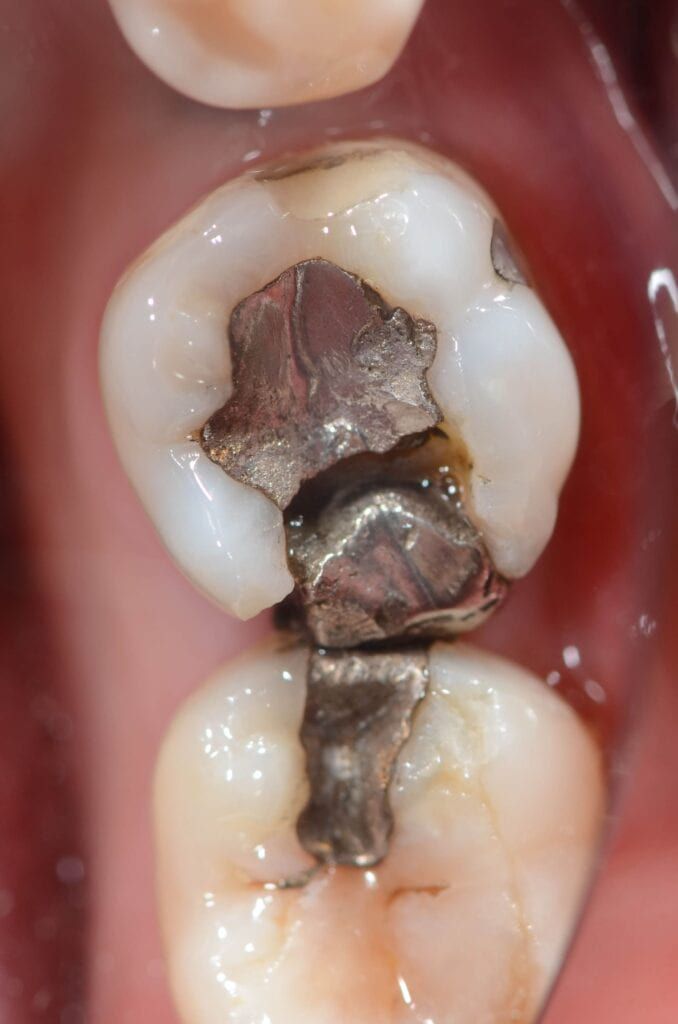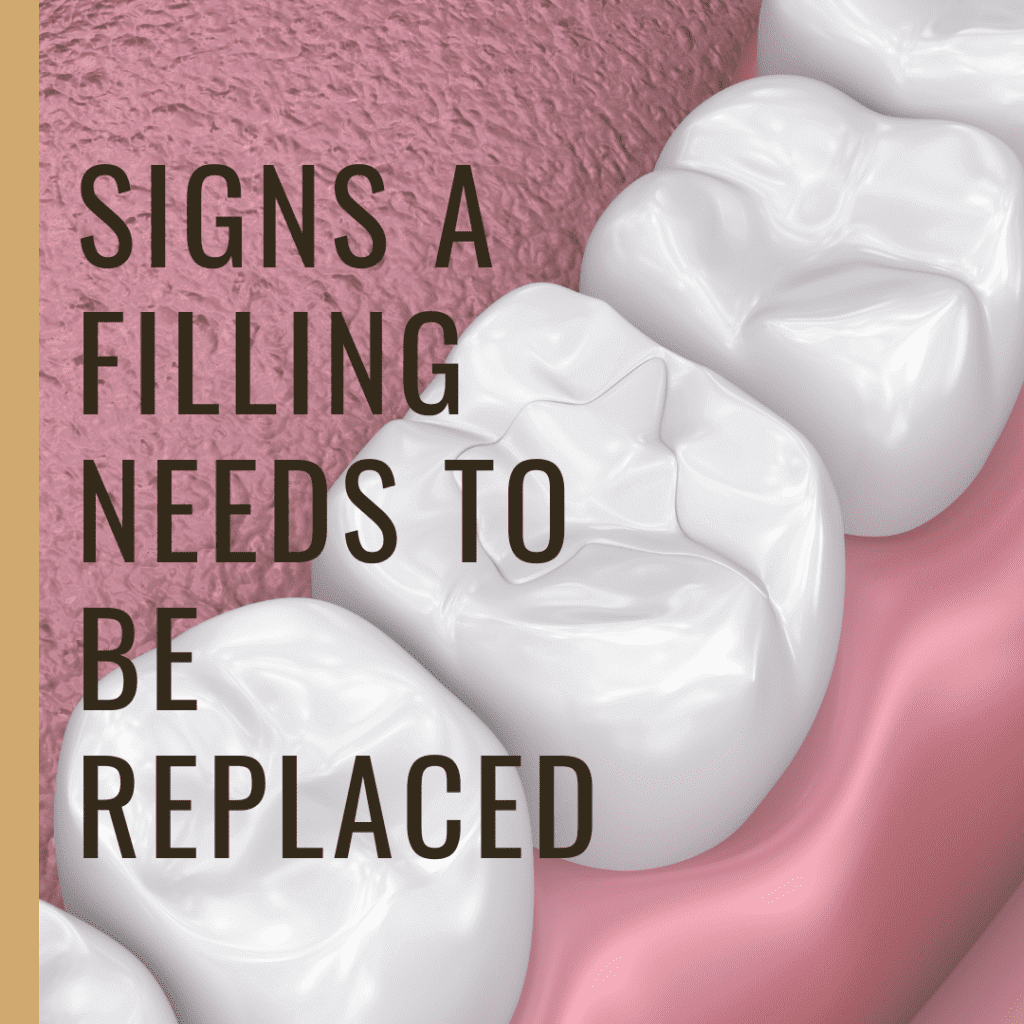
Tooth decay is one of the most common chronic illnesses in America. In fact, the National Institute of Dental and Craniofacial Research notes as many as 85% of adults between the ages of 20-34 years and 95% of adults ages 35-64 years are affected by tooth decay. Of all these adults, it is estimated that each adult has an average of six dental fillings. When considering these numbers, chances are that you have at least one tooth with a filling, if not more.
Dental fillings are used to restore decayed teeth by first removing the decayed tissue and then filling in the remaining cavity. Depending on the extent of the decay, there are different types of fillings that can be used. The first and most common type of filling is a direct filling, which is made of composite resin. A direct filling is named as such because it can be fabricated directly in the mouth and does not require a dental lab for fabrication. Direct fillings are generally used to restore small to medium areas of tooth decay.
Another type of filling are indirect fillings. There are two variations of indirect fillings: inlays and onlays. Both inlays and onlays are used in cases where the decayed area is too large to be restored with an indirect filling. An inlay is when the entire chewing surface of the molar is restored and an onlay is when the entire chewing surface plus one or more of the tooth’s points is restored. Both inlays and onlays are fabricated in a dental laboratory from porcelain before being cemented into the mouth, which is why they are known as indirect fillings.
After having a filling placed, you may be surprised to find out that fillings do not last forever and will wear down over time. There are a few different factors that can affect how long your filling lasts. For starters, the type of filling you have. On average direct fillings last around 5-7 years, while indirect fillings last about 10-15 years. Of course, their actual lifespan is also dependent on what tooth they are on, the specific location on the tooth, and whether or not you grind or clench your teeth. Oral habits and hygiene practices can also play a role.
Because there are different factors that can affect how long your filling lasts, it is important to know when you should have your filling checked. Besides having your filling looked at during your semi annual dental exams, here are some other instances where you may need to have your dental filling evaluated and replaced:
It Has Broken or Fallen Out

One main instance where you should have your filling replaced is if it falls out or becomes loose. When this happens you may either feel a space where the filling used to be or you may even find pieces of the filling in your mouth. A loose filling may be harder to feel, however you may notice it while chewing. Broken fillings may be noticeably cracked or they may have pieces that chip off. In cases where you suspect your filling is broken, loose, or missing, you should call your dentist to schedule an appointment immediately.
It is Discolored
A discolored filling can also be an indication that it needs to be replaced. Nowadays, it is very common to have fillings made from composite resin or porcelain. Although porcelain usually does not change color, fillings made from composite resin may darken or turn yellow over time. In some cases where metal fillings are used, darkening of the metal can also signify that the filling needs to be replaced.
You Have a Toothache
There are multiple reasons why you could have a toothache and one of these reasons is due to a filling that has worn down and is no longer protecting the inside of your tooth. Generally, this means that you will experience a toothache that is contained to a single tooth. You may also experience tooth sensitivity when exposing said tooth to hot, cold, or sweet foods and beverages.
You Have Suffered a Recent Facial Trauma
Although fillings are fabricated for durability, they can still be damaged just like your natural teeth. Unfortunately, many people don’t realize that dental fillings can be damaged or lost after a facial injury. For this reason, it is always important to be evaluated by your dentist if you have undergone any type of facial impact.




